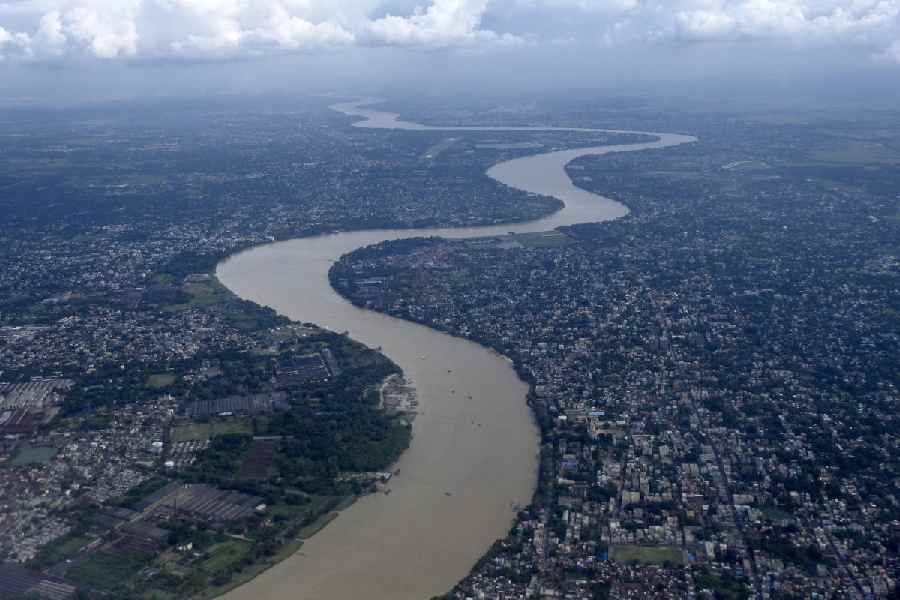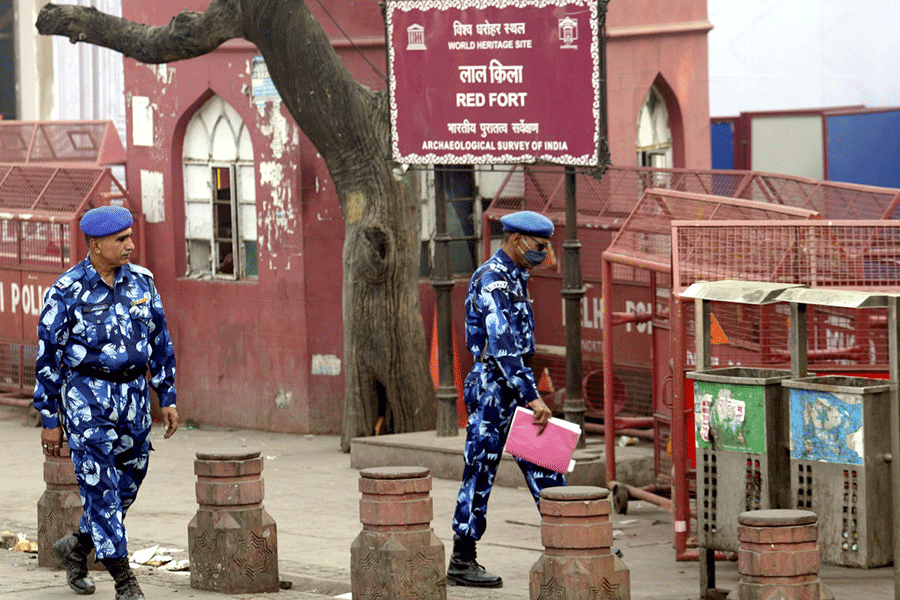Book: SEVEN RIVERS
Author: Vanessa Taylor
Published by: Weidenfeld & Nicolson
Price: Rs 899
Vanessa Taylor’s book explores the history of human civilisation through the planet’s hydrological arteries. Her thesis is clear and timely: rivers are not merely passive boundaries, but active protagonists in human evolution. Taylor argues that our contemporary lives are inextricably intertwined with rivers — from ancient agriculture to modern commerce. Taylor’s argument is reminiscent of Robert Macfarlane’s central idea in his book, Is a River Alive?, which perceived rivers not as resources for livelihood but living, sentient beings with their own right to exist. Both these works demand a profound anthropomorphic shift in human sensibility and law to recognise rivers as subjects with rights rather than objects for use.
Seven Rivers traces the trajectory of the seven “world rivers” — Taylor calls them such by virtue of the roles they have played in global history — the Nile, Danube, Ganges, Thames, Mississippi, Niger and Yangtze. The author provides a cross-cultural history of water reliance. This intellectual synthesis — linking the Nile’s ancient hydrology to the Mississippi’s modern engineering — is what makes Seven Rivers stand out. It excels at shifting between the microscopic and the panoramic, moving from the granular details of Victorian sewage management on the Thames to the vast, modern geopolitical struggles over water rights over the Nile. Taylor’s depiction of the Ganges is particularly masterful as it balances the profound spiritual reverence that the river commands with the environmental catastrophe inflicted on it by dense habitation. The narration is as descriptive as the introductory illustrations at the beginning of each chapter which provide fitting visual representations of the routes taken by these rivers.
However, the sheer scale of the book — it has a seven-part structure — is also the source of minor flaws. To contain the entire political and ecological history of a river like the Yangtze — China’s economic and spiritual engine — within a single chapter omits multiple aspects, such as the importance of ‘water highways’ in that country. Occasionally, the reader is left longing for a sustained focus. For example, the history of the Niger and the Mississippi is explored selectively. The thematic structure is also interspersed with radical shifts in cultural and political context among chapters, making the overall reading experience uneven. However, these quibbles do little to undermine the book’s achievement as an important addition to the genre of Anthropocene literature.
Seven Rivers provides a persuasive argument that until we understand the history flowing in these waters, we cannot begin to chart a sustainable future. It is a demanding, rewarding, and utterly necessary work that has intellectual depth.










